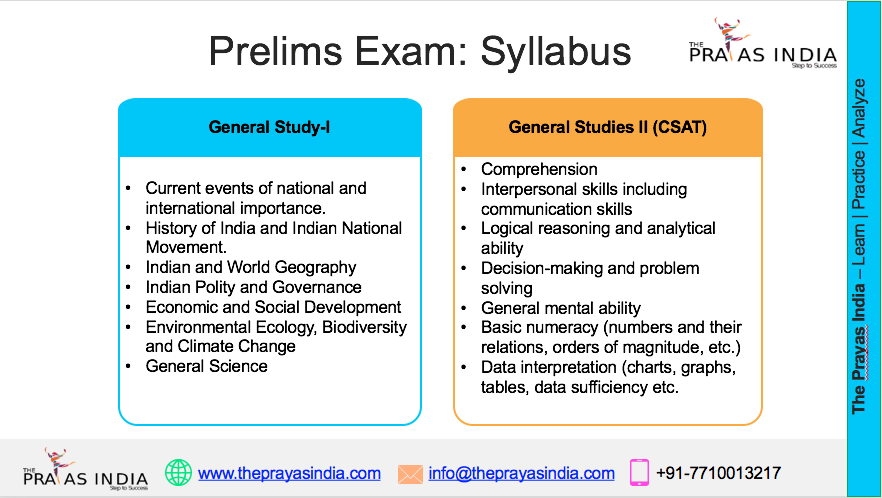New SARS-CoV-2 Variant XFG: What You Need to Know
Introduction
Just when the world settled into a post-pandemic routine, a new COVID-19 variant named XFG was drawing attention. First detected in Canada, this recombinant subvariant of Omicron is now making its presence felt in India. It has sparked concern among epidemiologists due to its strong immune evasion capabilities, although the symptoms remain mild.
This development is not only important for public awareness but is especially relevant for students preparing for competitive exams like UPSC, SSC, State PSCs, and medical entrances. Here’s a deep dive into everything you need to know about XFG—without the noise, just the facts.

What is the XFG Variant?
-
Classification: XFG is a recombinant subvariant of Omicron, formed from LF.7 and LP.8.1.2 strains.
-
Mutation Profile: It includes notable spike protein mutations: His445Arg, Asn487Asp, Gln493Glu, and Thr572Ile.
-
Immune Evasion: These mutations enable it to partially escape the immune protection provided by vaccines or past infections.
Spread of XFG in India
Key Highlights:
-
Total Cases: Over 160 confirmed XFG cases reported in India.
-
States Affected:
-
Maharashtra – 89 cases (highest)
-
Tamil Nadu – 16
-
Kerala – 15
-
Gujarat – 11
-
West Bengal – 6
-
Andhra Pradesh & Madhya Pradesh – 6 each
-
Telangana – 9 (recently confirmed)
-
The INSACOG (Indian SARS-CoV-2 Genomics Consortium) has been actively sequencing and monitoring the variant across states.
Symptoms and Severity
Despite its mutations, the clinical symptoms of XFG are mostly mild, including:
-
Fever
-
Dry cough
-
Sore throat
-
Fatigue
-
Hoarseness of voice
There has been no significant increase in hospitalizations or deaths, making it less severe than earlier variants.
Why XFG Matters for Competitive Exams
Understanding health crises and variant dynamics isn’t just important for personal safety—it’s also critical exam content. Here’s how XFG fits into different exam syllabi:
UPSC & State PSCs
-
GS Paper II & III: Health infrastructure, disease surveillance, crisis response
-
Essay: Ethics of public health communication, pandemic management
-
Prelims: Current science and tech in health
SSC, Railways, CDS
-
General Awareness: Virus structure, variant impact, health policy
-
Current Affairs: India’s handling of new variants, government advisories
NEET & Medical Entrances
-
Virology and Immunology: Mutation impact, spike protein function
-
Applied Knowledge: Vaccine escape, recombinant strains
Policy Implications
-
Genome Surveillance: Continued sequencing to monitor variant evolution
-
Public Awareness: Recommending masks in crowded places
-
Vaccine Strategy: Need for booster dose studies, tracking vaccine effectiveness
How to Use This in Your Preparation
-
Memorize the mutation names and features (especially spike proteins).
-
Know the state-wise case distribution for use in data-based answers.
-
Frame policy solutions in essay/GS papers (genomic surveillance, public health campaigns).
-
Understand the ethics of balancing public caution and avoiding panic.
Final Takeaway
XFG may not be as deadly as Delta, but its immune evasiveness and global spread make it a variant to watch. For students, it’s a chance to showcase current knowledge, analytical thinking, and policy understanding in competitive exams. For the public, it’s a reminder to stay aware, not alarmed.


![Prayas-लक्ष्य [UPSC CSE Target] The Prayas India](https://theprayasindia.com/wp-content/uploads/2021/08/Prayas-लक्ष्य-UPSC-CSE-Target-The-Prayas-India-300x167.png)

![Prayas Pre-भेदश [UPSC CSE Prelims Test Series] The Prayas India](https://theprayasindia.com/wp-content/uploads/2021/08/Prayas-Pre-भेदश-UPSC-CSE-Prelims-Test-Series-The-Prayas-India-300x167.png)










